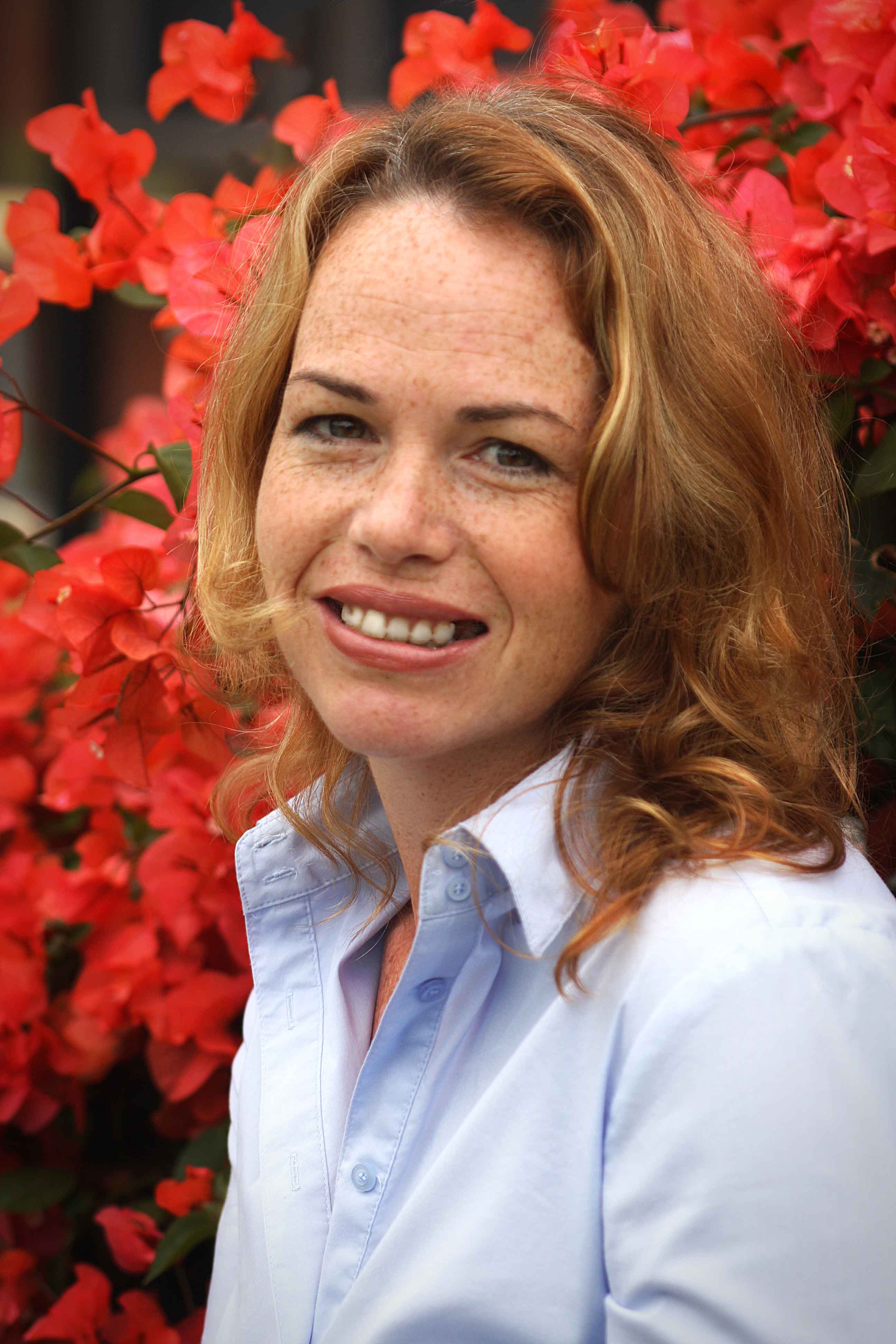publication date: Jan 5, 2012
|
author/source: Lisa MacDonald
It's dead easy to adapt to today's fundraising challenges,
said
Stephen Pidgeon reassuringly to
a room of diehard sceptics (a.k.a. fundraisers) at
AFP Toronto's Congress 2011. To be successful, fundraisers need to
give further satisfaction to the donor, help to build communities to do the
work for you and then get out of the way!
The "how" of making this happen is directly related to the
use of multi-channel media. Here are Pidgeon's recommendations for being on the
leading edge of change. He predicts that in five years, these techniques
(currently used by very few charities) will become mainstream.
Get communities
working for you-
If you're
running an event, run a virtual event at the same time.
-
Use PURLs
(personalized URLs) to move the donor from paper to the Internet. When a direct
mail recipient logs onto the PURL, the information from the database is used to
personalize the web page experience to that person. Once the individual logs
in, the website can track the respondent's activity and continue to tailor the
information based on behaviour. This information can also be used to further
customize future print and Internet communications.
-
Encourage team
building by rewarding your participants after an event. Make event pictures
available online.
-
Telephone donors if they have opened a PURL or
e-newsletter but haven't made a donation...or at the very least, customize your
next communication to acknowledge what they're interested in.
-
Create a
Facebook site for people supporting a particular project, allowing the donor to
stay involved by visiting the project online. World Vision does this very successfully.
-
Join together
those who choose the same project or indicate the same interest.
-
Use a webcam to
get the supporter closer to the cause.
-
When donors
designate their gifts, encourage them to associate with a giving community of
other supporters of the same project or cause. The fear of reduced funding for
normal operations often leads charities to shy away from promoting designated
giving - but those designations are a great tool for community building and
greater connection with your charity.
Communities can work against you
Once your communities are formed, be aware that there are
dangers to letting sub-groups fundraise. Your brand can get crucified! Consider
using digital print and centrally-organized templates (information sheets,
posters, brochures, sponsor kits etc.) that can be ordered over the Internet. Not
only will this help protect your brand, it helps your events team to hear
about, and offer support to, all the events going on. Also, preparing a clear
strategy for dealing with social media pressure will be time well spent in the
event of a public relations crisis.
A final thought
At the end of the session, Pidgeon left the group with a
provocative question - why do so many charitable organizations function with a
communication team separate from the fundraising department? For Pidgeon, all communication
should be about fundraising and any
marketing activity is, in fact, a fundraising function.
As a result, his final technique for success in the new
world of fundraising is to eliminate silos and get all fundraising and
communication staff working as one unit.
 Stephen Pidgeon is founder
and principal consultant of Tangible, a nineteen-year-old marketing agency
with clients that include the Royal British Legion, Oxfam, World Vision and the
Salvation Army. Contact him by email.
Lisa MacDonald is
Assistant Editor of Hilborn's
flagship newsletters, Canadian
Fundraising & Philanthropy and Hilborn eNEWS. A degree in journalism and communications
from Carleton University and more
than 12 years of experience as a nonprofit communications professional infors
her passion for and understanding of issues in this sector. Lisa welcomes your
ideas and comments about this article. Contact her by email.
Stephen Pidgeon is founder
and principal consultant of Tangible, a nineteen-year-old marketing agency
with clients that include the Royal British Legion, Oxfam, World Vision and the
Salvation Army. Contact him by email.
Lisa MacDonald is
Assistant Editor of Hilborn's
flagship newsletters, Canadian
Fundraising & Philanthropy and Hilborn eNEWS. A degree in journalism and communications
from Carleton University and more
than 12 years of experience as a nonprofit communications professional infors
her passion for and understanding of issues in this sector. Lisa welcomes your
ideas and comments about this article. Contact her by email.

 Stephen Pidgeon is founder
and principal consultant of Tangible, a nineteen-year-old marketing agency
with clients that include the Royal British Legion, Oxfam, World Vision and the
Salvation Army. Contact him by email.
Stephen Pidgeon is founder
and principal consultant of Tangible, a nineteen-year-old marketing agency
with clients that include the Royal British Legion, Oxfam, World Vision and the
Salvation Army. Contact him by email.